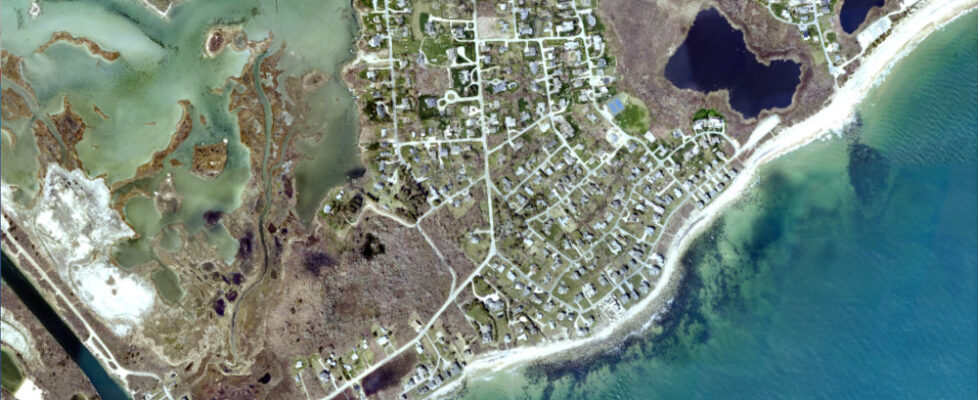More Market-Rate Units Will Not Result In Affordable Housing In Charlestown
Multiple bills proposed in this legislative session claim to be about affordable housing, but all that any of them achieve is an increase in the number of market-rate housing units. Increasing supply might work to lower housing costs in some communities, but it hasn’t worked yet in coastal towns.
In 2013 and 2016, the Rhode Island Legislature passed bills that require unbuildable perimeter wetlands and steeply sloped land to be included when the sizes of buildable lots are determined. Despite environmental concerns, these were justified as a way to get more housing units that would result in housing magically becoming more affordable. This legislation has resulted in parcels being subdivided that couldn’t have been before and other parcels yielding significant increases in housing numbers. In northern Charlestown houses on these lots are selling for over $700,000.00 and in southern Charlestown where large coastal buffers are included in density calculations the extra houses are proposed for well over $1 million. The density increase has negative impacts on coastal buffers, perimeter wetlands, and groundwater quality, and has not resulted in houses being anywhere near affordable.
Charlestown is within 3 hours of over 25 million people. This close distance has historically been important for tourism and convenient for vacation homes, but with the pandemic and now the acceptance of remote work, it is easy for people with high-paying jobs in the surrounding large metropolitan areas to live all or most of the year in Charlestown. The supply of affluent people willing to pay high prices for homes and short or long-term rentals will consume the increase in housing production. In this market, only dwellings with deed restrictions that are priced for and occupied by those of less affluence will be permanently affordable.
Mandatory Inclusionary Zoning has been a tool that towns have used to create affordable housing in each new major subdivision. Developers are required to deed restrict 10% to 20% of the homes for Low to Moderate Income Housing (LMI) and are given an equal percentage of density increase. One of the affordable housing bills introduced this session requires that towns using Mandatory Inclusionary Zoning give developers a 30% density increase calculated on the entire parcel, including wetlands and other unbuildable lands. On some parcels, this calculation could result in the developer getting more than a 100% market-rate density bonus for creating just 10% LMI units. This legislation is so punitive to the towns and the environment that some may drop this affordable housing tool if the legislation passes.
In towns like Charlestown that are outside the Urban Services Boundary and don’t have public sewer and water, increasing the number of market-rate housing units will have negative impacts on groundwater quality, coastal and inland ponds, and our Wild and Scenic Pawcatuck River. This package of legislation will have an impact, but that impact won’t be to produce affordable housing in coastal areas.

You can learn more about the author, Ruth Platner, at her profile page.
The banner image is an aerial view of the end of West Beach Road in Charlestown, an area where the existing overall density already has negative impacts on groundwater quality and where additional market-rate units will not result in affordable housing.

March 26, 2023 @ 7:07 am
So what does our new representative think about this?
March 25, 2023 @ 2:02 pm
Certainly doesn’t sound good for the Wood-Pawcatuck Watershed or our saltponds. Economic realities of 2023 are certainly going to put pressure on the environment if towns are required to allow more dense residential development no two ways about it. I’ll certainly speak to the WPWSR Stewardship Council about this. Maybe a letter to the statehouse opposing this legislation is in order.
March 25, 2023 @ 9:01 am
Thanks Ruth, I am sure that you have sent this to our state representatives and hopefully they can be influential in eliminating or reducing the damage to our town and ones like it.
Does our current council share these views and values?